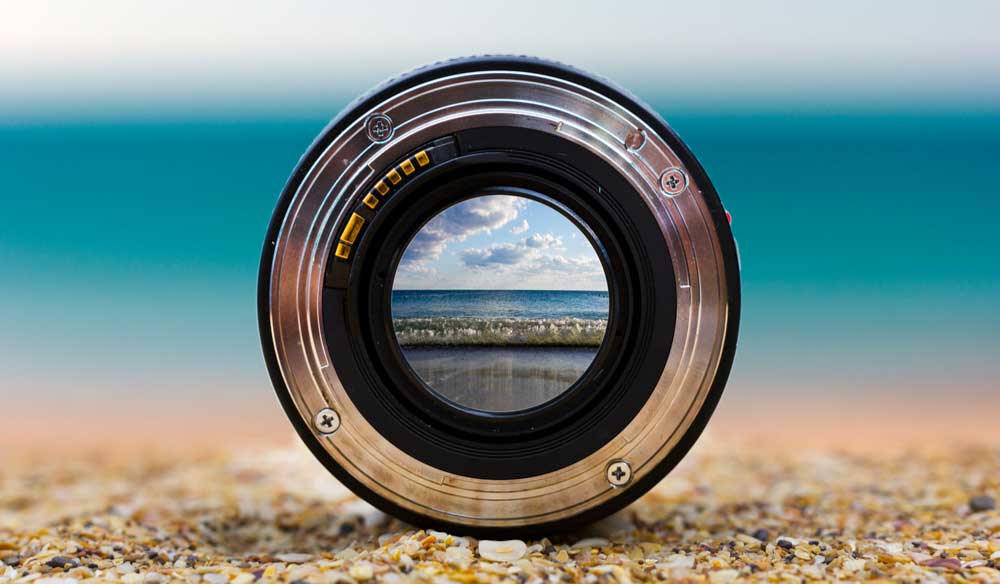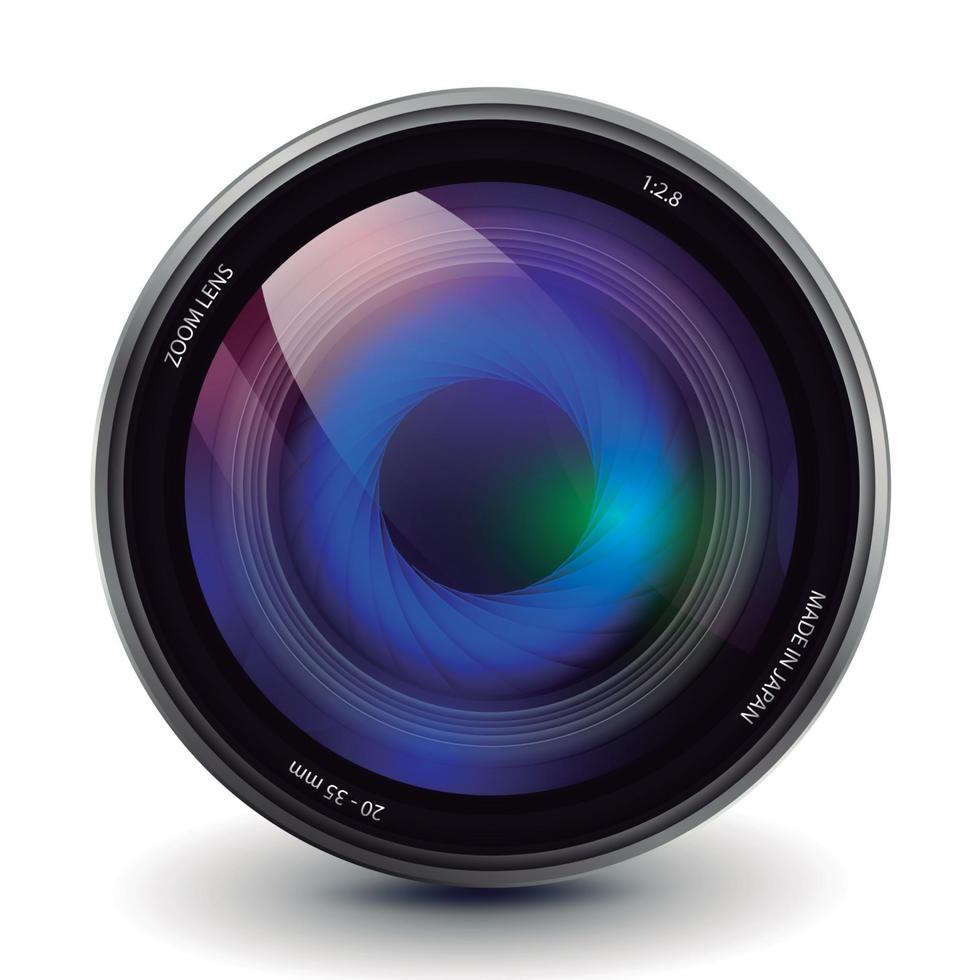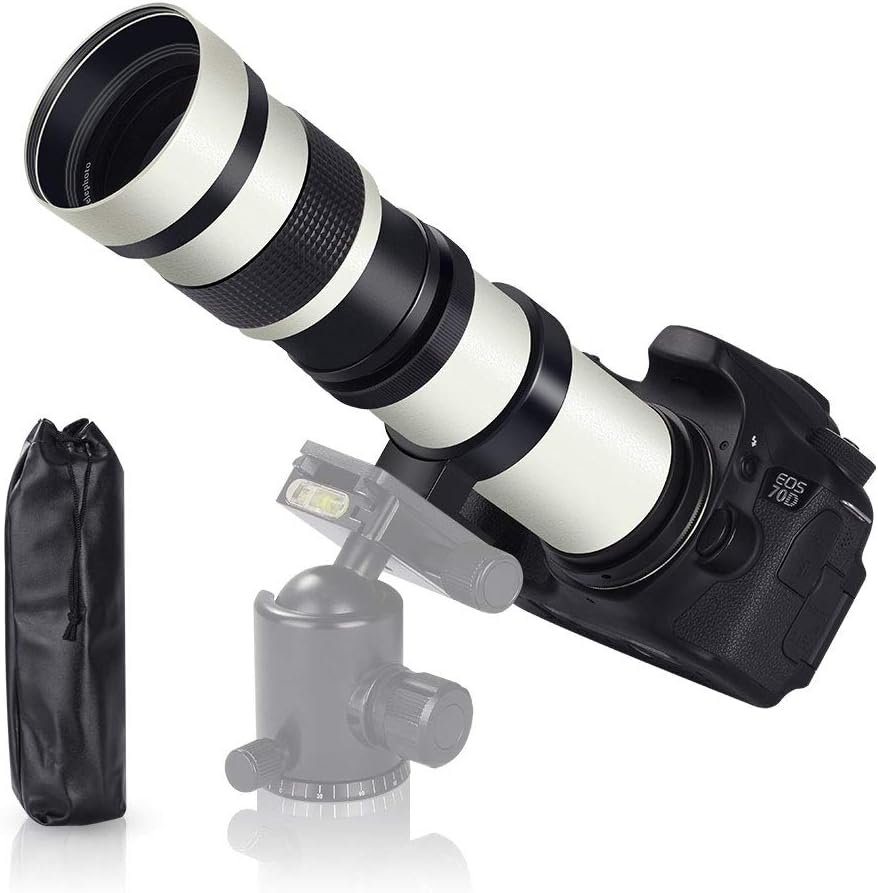To capture images with the highest possible clarity and ensure the longevity of your photography equipment, maintaining a clean camera lens is crucial. Dust, fingerprints, and smudges not only degrade the quality of your photographs but can also damage the delicate coating on your lenses over time. Professional photographers are vigilant about lens care and understand that utilizing a camera lens cleaning kit correctly is fundamental to maintaining gear in pristine condition. This detailed guide provides a comprehensive approach to using your cleaning kit like a pro, covering everything from the basics to more advanced cleaning techniques.
Preparing for the Clean-Up
Assessing the Dirt Level
A preliminary assessment of the lens will determine the extent of cleaning required. Begin by using a blower, an indispensable tool for dislodging loose particles without contacting the lens’s surface. Hold the lens vertically with the glass facing down and allow gravity to assist as you use the blower to clear away debris. This step is crucial to avoid dragging particles across the lens during the cleaning process, which can lead to micro-scratches and permanent damage.
Cleaning In a Safe Environment
To ensure the most effective cleanup, it is vital to create a conducive cleaning environment. Choose an indoor space where air flow is minimal to prevent new dust from settling on the lens. Make sure you operate on a table or surface free of clutter and dust—lay out your cleaning materials beforehand to streamline the process and avoid the risk of your lens being exposed for longer periods than necessary.

The Right Tools for the Job
Understanding Your Cleaning Kit Elements
A good cleaning kit usually contains several items: a blower, a fine-bristled brush, lens cleaning solution, microfiber cloths, and lens tissue paper. Knowledge of how and when to use each is essential for a professional cleaning routine. The blower is your first line of defense, followed by the brush, which can gently sweep away stubborn dust particles. The core of your cleaning will involve a high-quality microfiber cloth and a trusted lens cleaning solution to tackle more resistant smudges and fingerprints.
Using Tools Effectively
Using your tools in the correct sequence is just as important as the cleaning itself. Once you’ve addressed loose dust with the blower and brush, you’ll want to prepare your microfiber cloth with a few drops of cleaning solution. Remember to never apply the liquid directly to the lens, as over-saturation might damage the internal components. Move carefully and gently in cleaning motions, and always use a freshly cleaned section of the cloth to avoid transferring oils and dirt back onto the lens.

Step-by-Step Cleaning Process
Initial Dust Removal
The initial steps involve dust removal which sets the foundation for a smear-free finish. Employ the blower with several firm bursts to dislodge lightweight particles. If finer particles persist, lightly brush the lens using a circular motion, starting from the center and spiraling outwards. This technique prevents dust from gathering in the middle and potentially scratching the glass during later steps.
Wiping the Lens
After addressing all loose contaminants, take your prepared microfiber cloth and begin the wiping process. It’s recommended to start in the center and gently spiral out to the edges in a smooth, consistent movement. This ensures thorough coverage without leaving behind patchy areas. Should you encounter any marks, consider repeating the wiping with a clean section of the microfiber cloth, occasionally refolding to ensure every wipe is as efficient as the first.

Advanced Lens Care Tips
Dealing with Stubborn Marks
Occasionally, you may come across marks that seem impervious to gentle wiping. In these cases, apply a bit more cleaning solution and use a clean lens tissue or a fresh cloth to address these areas with gentle but firm pressure. The texture of lens tissue is designed to deal with tougher spots without the risk of leaving behind residues that might occur with other materials.
Maintaining Your Kit for Longevity
The condition of your cleaning kit mirrors the care you can provide to your lens. Dirty tools can transfer contaminants back onto your lens, defeating the purpose of your cleaning effort. Ensure that your microfiber cloths are clean by washing them separately from other fabrics with a gentle, chemical-free detergent. Store the cleaning kit in a sealed bag or container to keep it pristine for your next use.

Regular Maintenance to Prevent Damage
It is easier to maintain a lens than to restore one that has been neglected. Regular maintenance ensures that dust and oils do not accumulate to the point of causing real damage. Professionals recommend a routine check and light cleaning after each use, especially if the environment was dusty or the lens was handled extensively. By incorporating a quick, preventative cleaning routine, you reduce the need for deeper cleans and extend the life of your lens.
Cleaning Hard-to-Reach Areas
While the lens’s glass surface is the main focus, don’t neglect the hard-to-reach areas like the edges or the lens mount. Dust and grime can accumulate here, potentially affecting the lens’s functionality or, even worse, transferring onto the camera’s sensor when a lens is mounted or removed. Use the fine brush from your kit to gently clear these areas. If you find residue around the mount, a cotton swab slightly dampened with cleaning solution can help remove it safely.

Handling Lenses With Care During Cleaning
Even during cleaning, handling your lenses with utmost care is critical to their preservation. Support the lens on a stable, clean surface to prevent it from rolling or falling. When transferring a lens from one place to another, always use both hands. A lens is an intricate assembly of precision components. Treat it with the same attention and care as any delicate instrument. Avoid touching the glass surfaces with your fingers. Always keep the lens caps on when not cleaning or in use. This prevents accidental exposure to dirt and impacts.
By mastering these professional-level techniques and properly using a camera lens cleaning kit, you can ensure that your lenses remain in excellent condition. Every cleaning session shows your dedication to your craft and helps maintain the quality of your equipment. With conscientious care and regular maintenance, your lenses will continue to help you capture the perfect snapshots, devoid of any undesirable dust, smudges, or scratches that could detract from the beauty of your photographic work.
